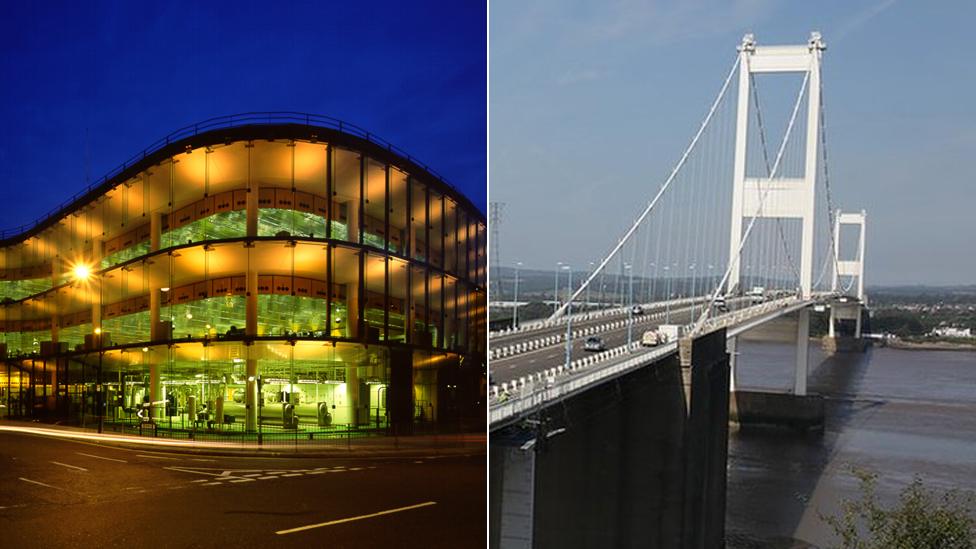National Heritage List: Slough trading estate among new additions
- Published
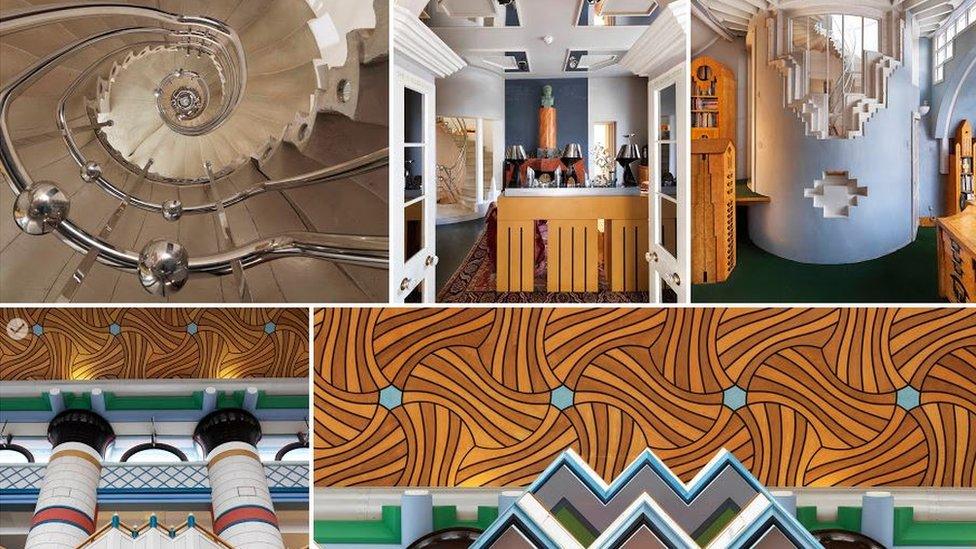
Cambridge Judge Business School and Thematic House in London have both been listed
Buildings across England considered post-modern in design including a Slough trading estate have been given listed status.
The 17 structures, which also include houses and schools, have been added to the National Heritage List for England, external.
A crown court in Cornwall and housing schemes in London's Docklands are also on the list.
Post-modern architecture emerged in the 1970s in reaction to modernism but fell out of favour before a revival in 2011.

Commercial buildings recognised
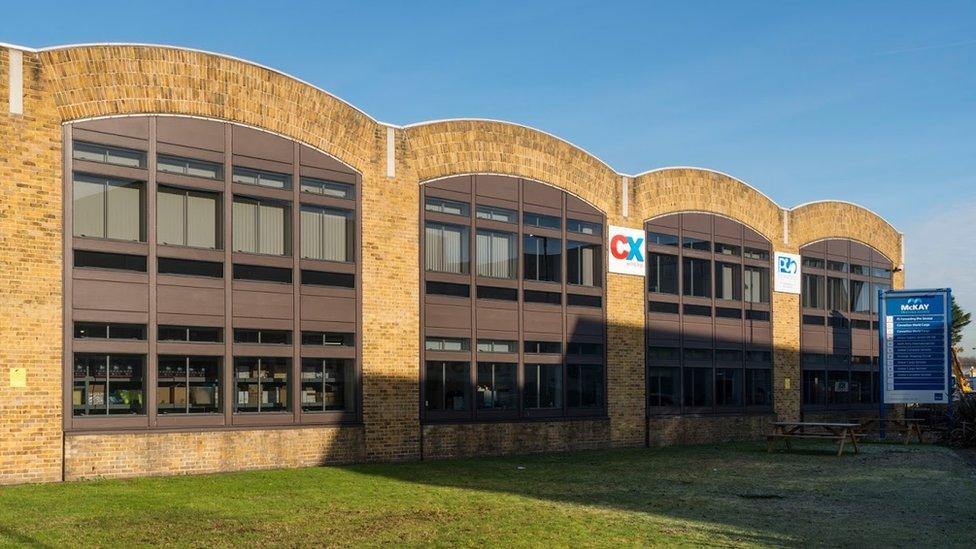
Historic England said McKay Trading Estate in Slough showed "an intriguing level of thought"
Slough's McKay Trading Estate has been Grade II listed.
Patience Trevor, Historic England's Senior Listings Adviser said: "Rather than the functional, modernist box you might expect... it's a very elegant and distinctive building. It's dignified, but strong and robust at the same time".
Last year, a survey found Slough was the best place to work and live.
Also Grade II listed is a business park near Bristol, that is "injected with glamour" and "features circular forecourts following the turning circle of a car".
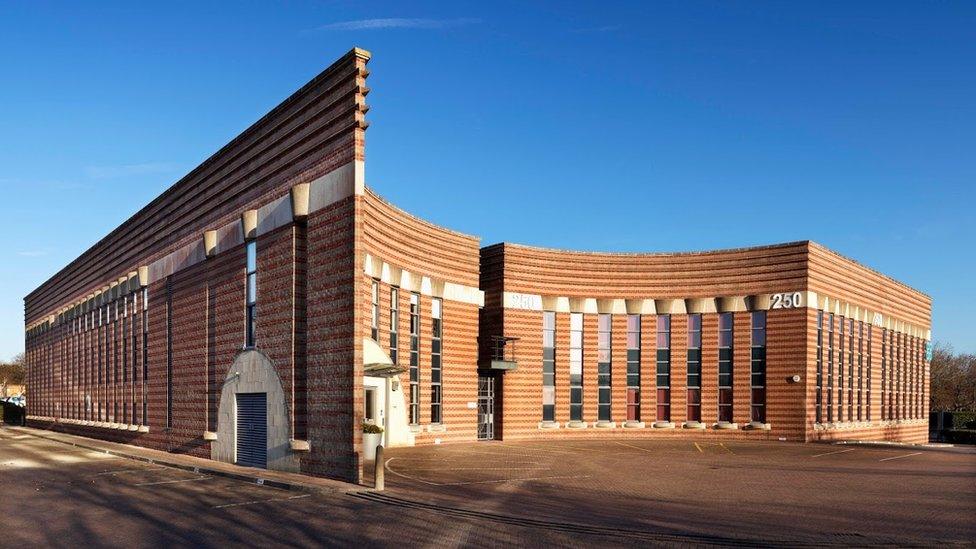
Aztec West in South Gloucestershire is a landscaped campus close to the M4 and Bristol

Thematic House, Kensington and Chelsea, London
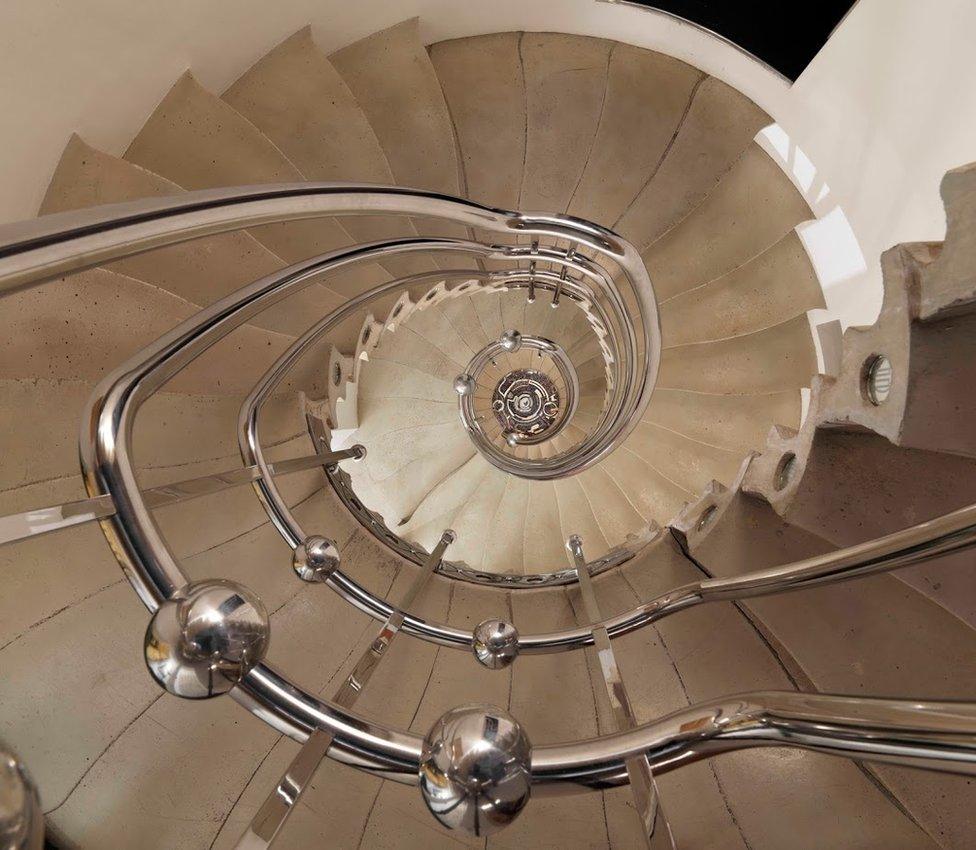
The "solar" spiral staircase symbolises the sun's rays and the house's themes relate to the seasons
Renowned historian and architecture critic Charles Jencks designed Thematic House, which has been Grade I listed.
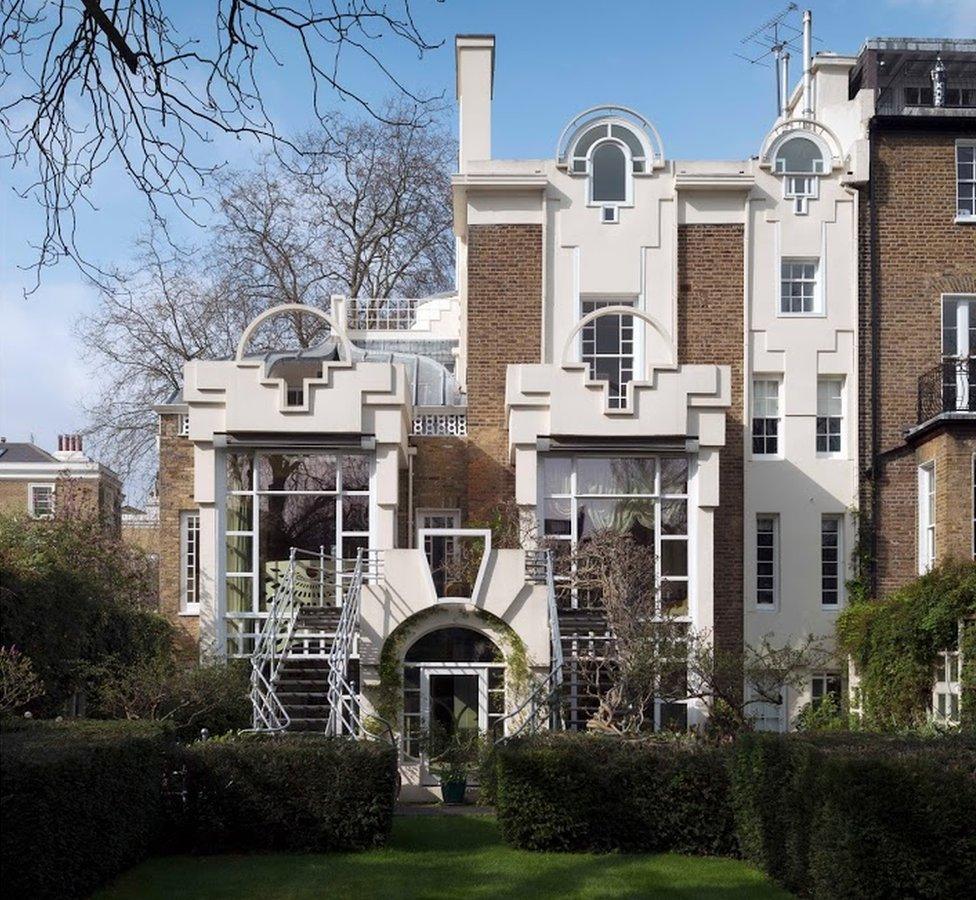
Historic England said Thematic House was Charles Jencks' most ambitious project and is "full of symbolism"

London's Docklands - four buildings get Grade II status
China Wharf, Cascades, Newlands Quay and Swedish Quays were all given the third level of listing protection and were built between 1982 and 1990.

China Wharf near Tower Bridge was designed in 1982-1983 by Piers Gough of CZWG, one of the main forces behind post-modern architecture
A number of other London terraces and blocks of flats were listed in Kensington, Hackney and Islington as has the Sainsbury Wing at the National Gallery in Trafalgar Square.

Educational buildings
Judge Business School in Cambridge was given the second highest listing status, Grade II*.

The 19th century arcaded façade of the hospital was retained and an early 20th century attic storey was rebuilt
The Katharine Stephen Rare Books Library at Newnham College, Cambridge, and the Gough Building at Bryanston School in Dorset, were both Grade II listed.

The Katharine Stephen Rare Books Library was built between 1981 and 1982 and has a barrel-vaulted roof inspired by the college's first library

You may also be interested in:

Truro Crown Court - the only legal building on the list
Historic England said the Cornwall court's architects, Eldred Evans and David Shalev, achieved "a landmark civic complex that is an elegant and sophisticated addition to Truro".
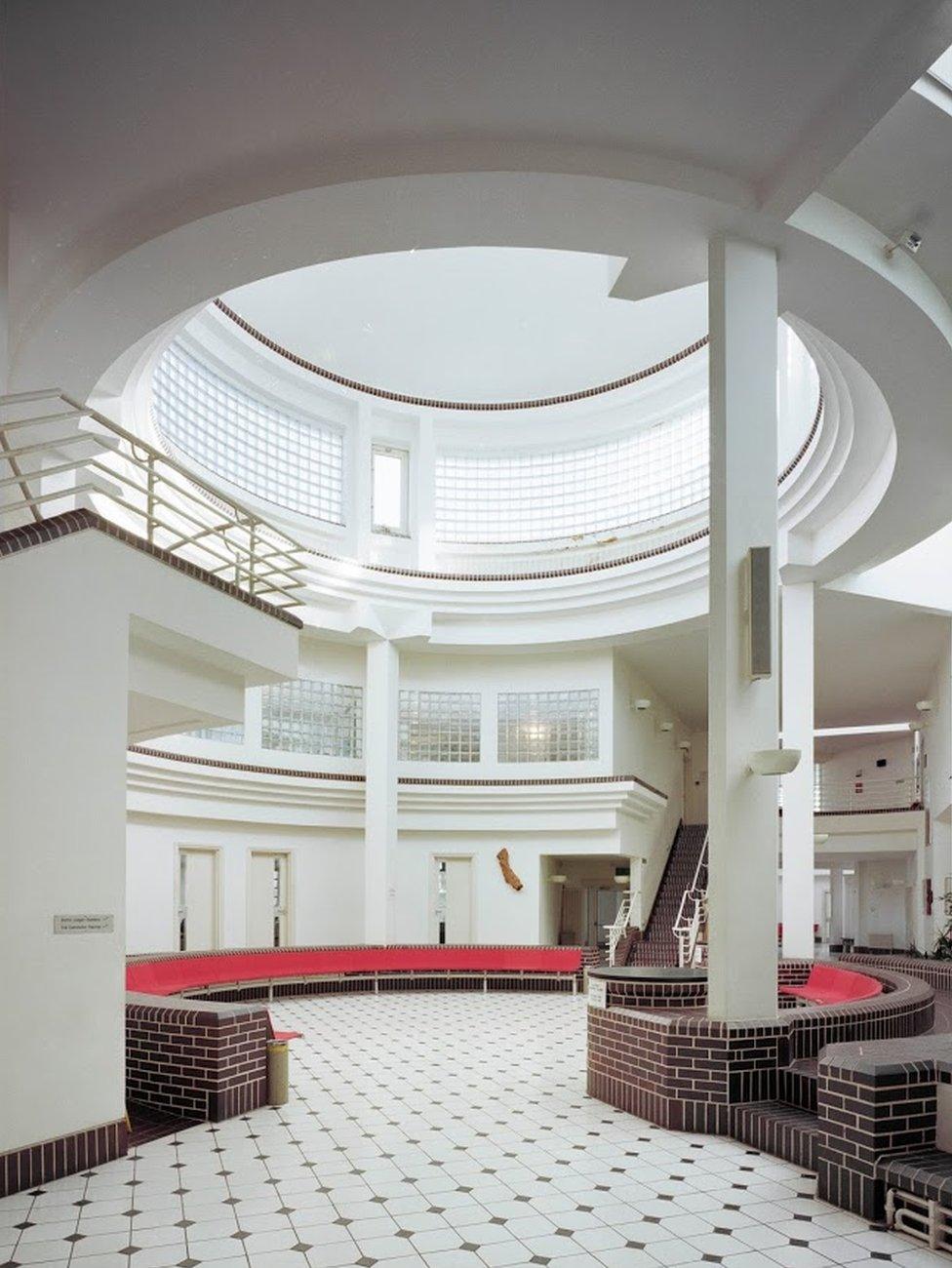
The architects behind Truro Crown court also designed the Tate Gallery in St Ives
The building has been Grade II* listed. Its courtrooms are built within complex circular patterns around a naturally-lit atrium.

The civic buildings
Hillingdon Civic Centre in Uxbridge and Founders' Hall in the City of London were both Grade II listed.
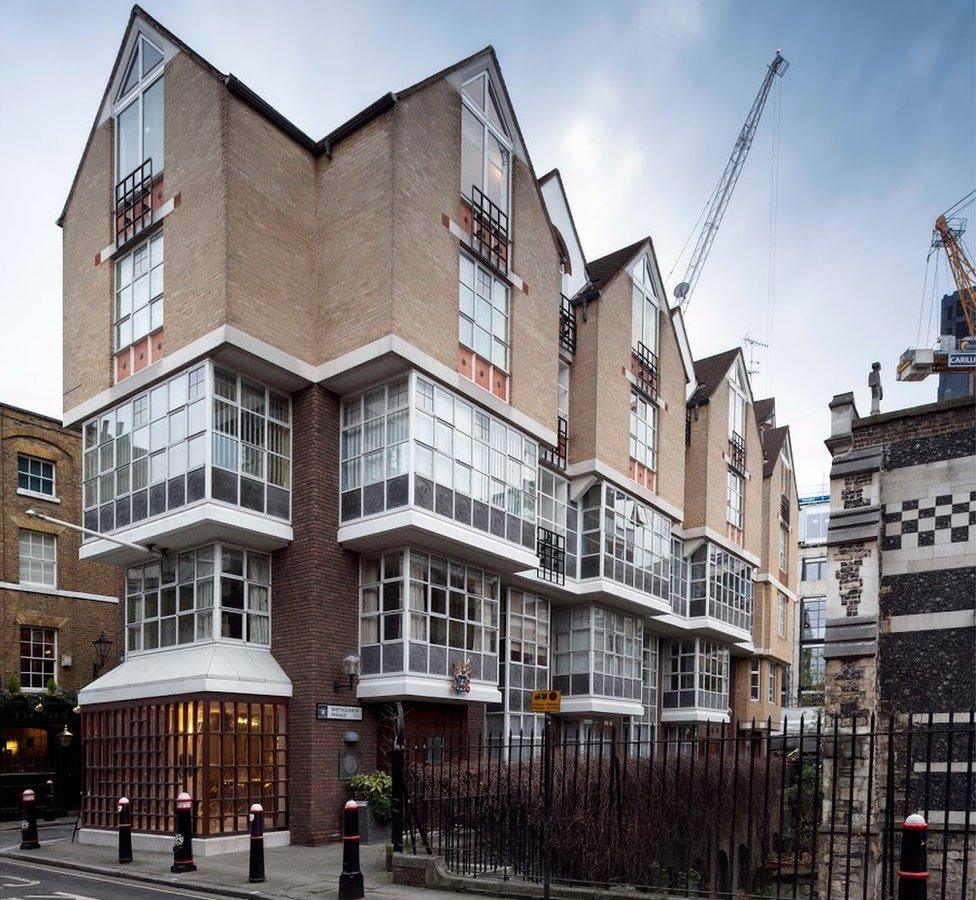
Founders' Hall is the fifth home of the Worshipful Company of Founders in the City of London

Categories of listed buildings
The system used for listing buildings in England was introduced just over 70 years ago.
A building is listed when it is of special architectural or historic interest considered to be of national importance and therefore worth protecting.
Grade I buildings are of exceptional interest, with 2.5% in this category.
Grade II* buildings are important buildings of more than special interest and account for 5.8% of listed buildings.
Grade II buildings are of special interest; 91.7% of listed buildings are in this class - the most likely grade for domestic buildings.
Today there are around 400,000 structures listed - from windmills, pigsties, piers and one rocket.
A building's listed status means there will be extra control over what changes can be made to its interior and exterior, which is different for each one that makes the list.
- Published4 May 2018
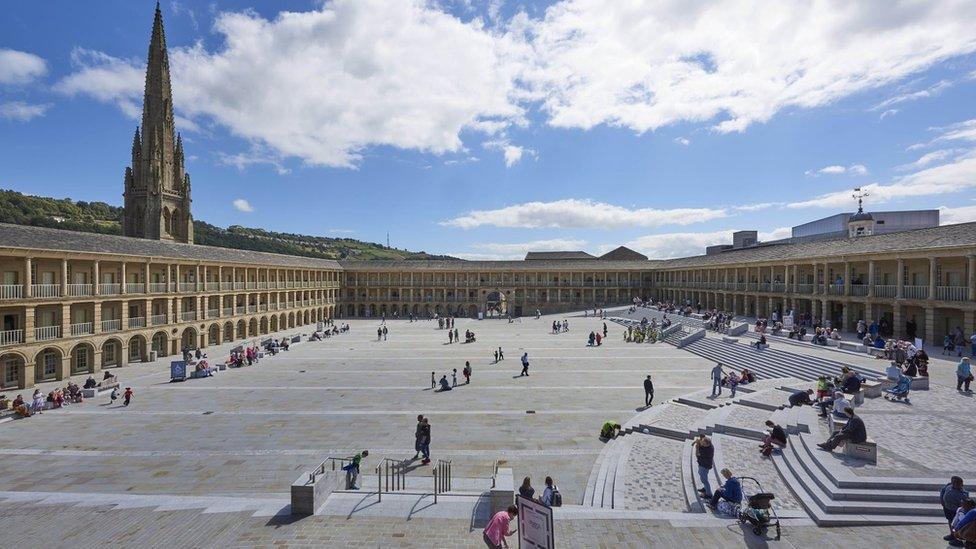
- Published26 October 2017
- Published7 August 2017

- Published17 July 2017
